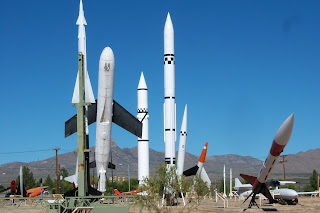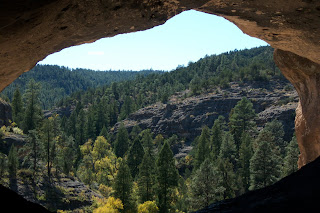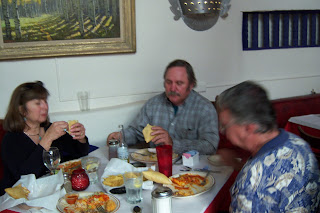
At the northern end of the Chihuahua Desert lies a mountain-ringed valley, the Tularosa Basin. Rising from the heart of this basin is one of the world's great natural wonders, the glistening White Sands of New Mexico.
Great wave-like dunes of gypsum sand have engulfed 275 square miles of desert here and created the largest gypsum dune field in the world. The dunes, brilliant and white, are ever changing. They grow, crest, then slump but always advance.

The common mineral gypsum is rarely found as sand because it is soluble in water. Rain and snow in the mountains dissolve gypsum from the rocks and carry it into the Tularosa Basin. Rivers would usually carry dissolved gypsum to the sea, but no river drains the Tularosa Basin. The water, with the gypsum and other sediments is trapped in the basin.

One of the basin's lowest points is the large playa, Lake Lucero. This dry lake bed occasionally fills with water that then evaporates and deposits dissolved gypsum on the surface. Strong winds blowing across the playa pick up gypsum particles and carry them downwind. As sand grains accumulate as a dune, they bounce up the gentle windward slope and ripple its surface. At a dune's steep leading edge, sand builds up until gravity pulls it down the slip face, moving the dune forward. These low dunes can move 30 feet a year.

They have these neat picnic shelters to protect you from the winds. You can see how high the dune is in the background by comparing it with the motor home parked there. You can rent "saucer sleds" at the visitor center and slide down the dunes just like down a snow covered hill.
The eroding mountains have now filled the Tularosa Basin 2000 feet deep with sediments, including the gypsum that forms its white sands. Here they have to keep the road plowed to keep off the encroaching sands. Looks like winter in Pennsylvania!
What an amazing world in which we live.
What an amazing world in which we live.

















































